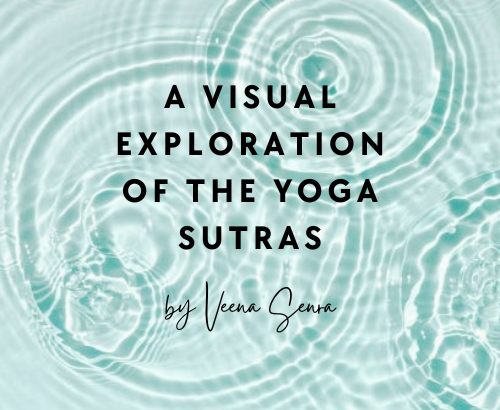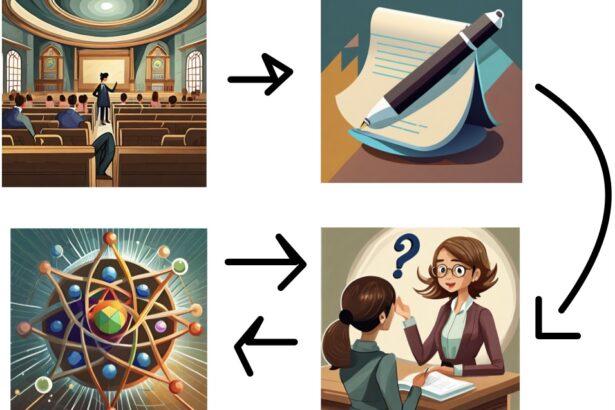The project:
VOYAGE AT THE EDGE OF THE EARTH is a place-based, educational “water literacy” film series with a primary audience of high school students, and accompanied with supplementary curricular resources. In five twenty-minute segments, my series will document a young person, MeKenzie Fanguy (21), member of the United Houma Nation, as she journeys with her Papaw, Phillip (75), on his shrimp boat, and learns from him and her Houma community. As she and Papaw trace their tribe’s history and future in the face of land loss and sea level rise, they will increase their scientific and environmental literacy and problem-solving skills on screen, and in turn, that of their audiences, along with their teachers, and their families. The series will demonstrate that noticing environmental problems, talking about them across generations, and understanding how they came to be, are the first steps in empowering young people to provide potential solutions to environmental problems in their regions, and making informed decisions about their futures.
My learning design:
I call my filmmaking process “filmmaking as a classroom,” as it documents a process of experiential learning and observation. During LDIT PCE, I read widely about the interdisciplinary topics that the film series will address and drafted a living curriculum for the series. I also created a proposal for the series so that it is legible to production companies and / or educational partners. In reflecting on my own reading and learning, I sifted through my feelings relating to living in a sinking city for the last decade +, my culture shock upon moving to Cambridge, and the sense of time travel I encountered in an institution at a great remove from climate change. (As Kim Tallbear writes, “The present is unevenly distributed.”) I noticed how my feelings and thoughts were sticky, and slow to alchemize. I synthesized my observations on climate science, the concept of “the Anthropocene,” and Black Power as they were taught in other classes, and how the very social – geographical – political structures that are causing the climate crisis are also endemic to our conception of knowledge. In my learning design, I attempt to create a living curriculum that rearranges the status quo social – geographical – political structures of knowledge — by providing an open-ended framework that invites a plurality of voices and forms of expertise and values scientific information and emotional information, equally.
What has this project helped us understand about learning design?
This project made me reflect on the speed with which we are expected to take in new information and the breadth of information that we are expected to take in — both in school and in the world (social media, emails, texts) — and the slowness that is human processing. I often referred back to concepts in How People Learn such as a types of memory and knowledge, and cognitive load. As I continue to design the series, I will keep thinking about slowness, and how to balance emotional processing and comprehending scientific information.
The project also reveals how learning design can uphold power structures, or subvert them.



